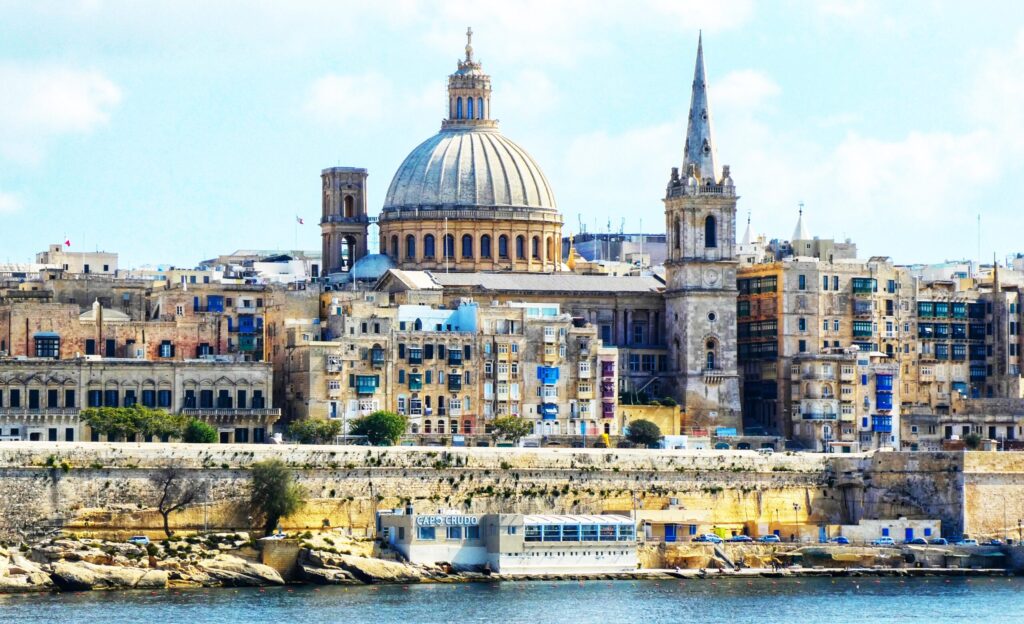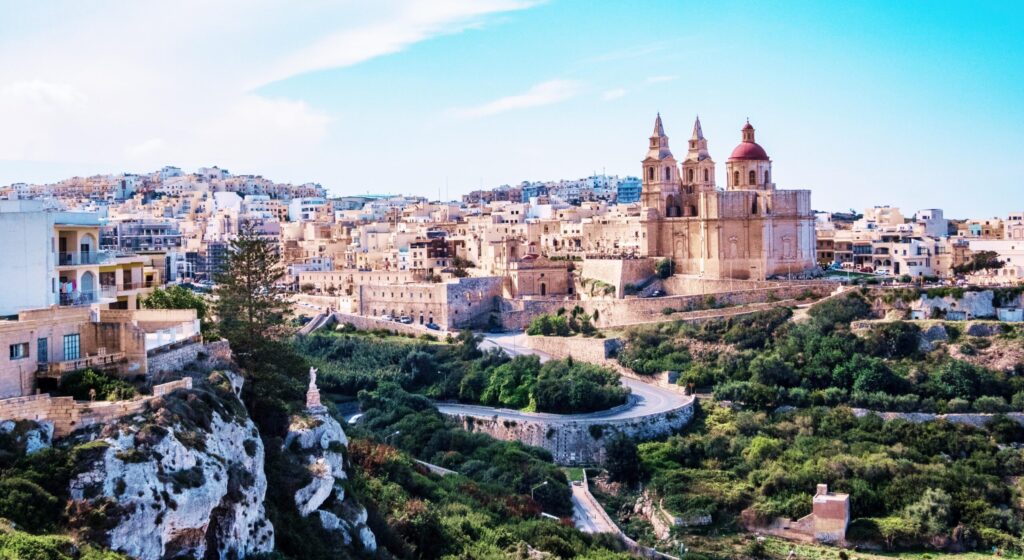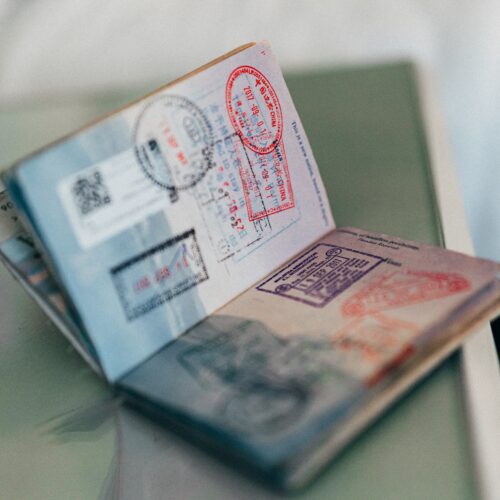
Malta’s got it all from quaint seaside towns, eclectic shops, amazing food, to stunning aqua waters surrounding its three islands.
Malta is a small island nation located in the Mediterranean Sea, just south of Sicily. Despite its small size, Malta is rich in history, culture, and natural beauty, which make it a special place to visit and call home.
One of the things that makes Malta special is its history. The island has been inhabited for over 7,000 years, and has been conquered by a variety of different civilizations over the centuries, including the Phoenicians, Romans, Arabs, and the Knights of Malta. This rich history has left behind a wealth of cultural and architectural treasures, including ancient temples, fortresses, churches, and palaces.
Another thing that makes Malta exceptional is its natural beauty. The island is home to coves with both rock and sandy beaches, crystal-clear waters, and breathtaking cliffs and coves. In the summer months, the Mediterranean sun beats down on the island, making it the perfect place to relax on the beach or go swimming in the sea.
But Malta is not just a place for sun and sand. The island is also home to a vibrant arts and culture scene, with museums, galleries, and theaters showcasing the work of local artists and performers. Music and dance are an important part of Maltese culture, and there are often festivals and celebrations taking place throughout the year.

Finally, Malta is phenomenal because of its people. The Maltese are a friendly and welcoming people, who are proud of their heritage and traditions. They are always ready to share their culture with visitors and are happy to help anyone who needs it.
The combination of its rich history, natural beauty, vibrant culture, and friendly people make it such an amazing place.
A Maltese adventure per day:
- Visit the ancient city of Valletta: This UNESCO World Heritage Site is the capital city and is known for its beautiful architecture, rich history, and stunning harbor views.
- Explore the Blue Lagoon: This idyllic island, located off the coast of Comino, is famous for its crystal-clear waters and is a popular spot for swimming, snorkeling, and sunbathing.
- Visit the Megalithic Temples: These ancient structures, some of which date back over 5000 years, offer a glimpse into Malta’s prehistory and are a must-visit for history and archaeology enthusiasts.
- Take a tour of the Hal Saflieni Hypogeum: This underground temple complex dates back to 4000 BC and is one of the world’s oldest and most unique structures.
- Visit Mdina: This ancient walled city is known as the “Silent City” and offers a unique blend of medieval architecture and stunning views over the surrounding countryside.
- Go diving: The island is home to some of the best diving spots in the Mediterranean, with clear waters and a diverse range of marine life, including shipwrecks, caves, and reefs.
- Visit the Maltese Islands: There are three main islands, each offering a unique experience. Go island-hopping to experience the best beaches, countryside, and cultural heritage.
- Take a stroll through the capital: Valletta’s cobblestone streets, baroque architecture, and lively piazzas offer a unique blend of history, culture, and a place to be seen. Nightlife is festive year round with celebrations in constant rotation. Take a stroll and discover the city’s hidden gems.
Did you know?
Princess Elizabeth, who later became Queen Elizabeth II, lived in Malta from 1949 to 1951 while her husband, Prince Philip, Duke of Edinburgh, was a naval officer in the Royal Navy. They lived in Malta for a few years during their early married life and have spoken fondly of their time on the island.
During her time in Malta, Princess Elizabeth was able to experience life in a different culture and meet people from various backgrounds, which was a valuable experience for her in her role as the future queen.

A little history:
The island’s recorded history dates back to the 5th millennium BC, and it has been inhabited by various civilizations over the centuries, including the Phoenicians, Greeks, Carthaginians, and Romans.
During the Middle Ages, Malta was ruled successively by the Byzantines, Arabs, Normans, Knights Hospitaller, and the Knights of St. John, who built many of the island’s fortifications, including the famous Hal Saflieni Hypogeum and Mdina.
In 1798, Malta became a British colony, and it remained so until 1964 when it gained independence. During World War II, Malta was heavily bombed by the Germans and Italians. Still, its residents withstood the attacks, earning the island the George Cross, a British honor in recognition of their bravery.
Since independence, Malta has developed into a prosperous country with a thriving economy based on tourism, finance, and technology. It joined the European Union in 2004 and adopted the euro as its currency in 2008.
Today, Malta is known for its rich history, stunning architecture, beautiful beaches, and vibrant cultural scene.


